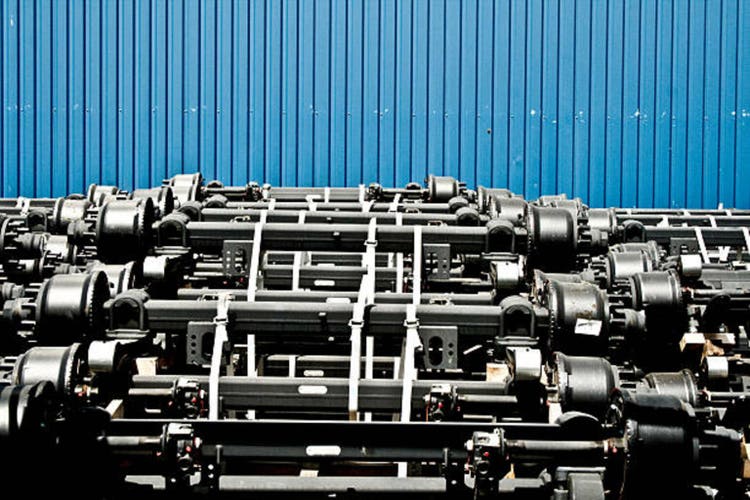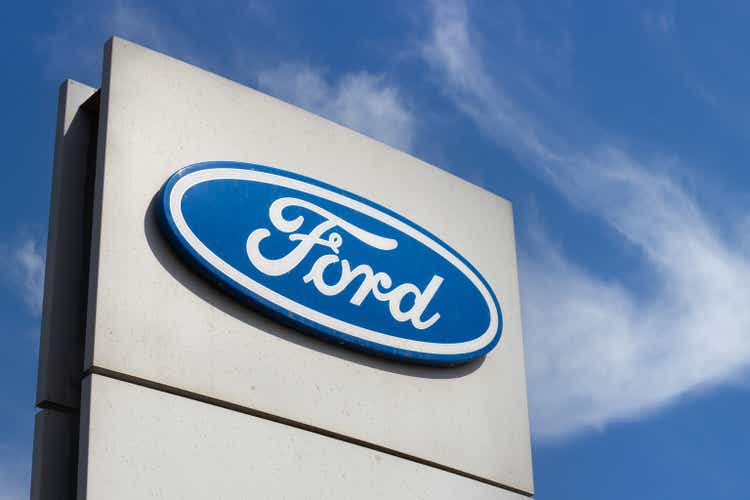A big week for OpenAI is a big week for AI.
And this week saw the Sam Altman-led company unveil its long-awaited GPT-5, along with a sweeping U.S. government partnership. There’s also a key number now in the mix: $500 billion, the reported new valuation OpenAI is set to hit amid a share sale.
That half-a-trillion number—up from $300 billion—is stunning on many levels. I’ll spare you the obligatory market cap comparisons (“that’s the equivalent of 10 Ford Motor companies!”). Wild though the prospective valuation may seem, it also poses important questions about where we are in the cycle of this AI boom. Venture funding, overall, isn’t booming as much as you’d expect. According to new Crunchbase data, global venture funding hit $29.7 billion in July, down from $43 billion in June. AI, of course, continues to attract most of the action, accounting for 37%, or $11 billion, of the July funding numbers.
And for the top-tier AI deals, valuations are breathlessly high, and that’s not just the case for OpenAI: Anthropic’s reportedly heading towards $170 billion, Perplexity’s reportedly at $18 billion, and Elon Musk’s xAI (yes, also reportedly) is chasing a valuation of $200 billion. This is all happening quickly, said Nnamdi Okike, cofounder and managing partner of 645 Ventures.
“Many companies are raising huge amounts of money in very short periods of time,” he told Fortune. “Even when there’s fundamental substance behind the rounds, that means there’s typically some dislocation. If you zoom out, how many winners are there really going to be? That’s the really important question. With a rising tide, what typically gets missed is that—in most markets—there are only a couple winners. It might be the case that these fast-rising valuations are justified for one or two of those winners. But it’s certainly not the case that rapidly increasing valuations are justified across the board.”
Okike does think OpenAI could be a long-term winner. But he’s also a history buff, noting that broadly we’re seeing classic signals of market euphoria and potential bubbles.
“History teaches us that when valuations go up very rapidly, when round sizes and valuations are higher than they’ve ever been, those signs indicate euphoria,” said Okike, who sees echoes of the Dotcom bust and the search engine wars. “They indicate potential bubble-like qualities, and that investors should be very careful when rounds and prices increase as quickly as they’re increasing.”
See you Monday,
Allie Garfinkle
X: @agarfinks
Email: alexandra.garfinkle@fortune.com
Submit a deal for the Term Sheet newsletter here.
Joey Abrams curated the deals section of today’s newsletter. Subscribe here.
This story was originally featured on Fortune.com

 2 hours ago
1
2 hours ago
1










 English (US) ·
English (US) ·